Blepharoplasty in
Scottsdale, AZ
As a board-certified plastic surgeon, Dr. LaBarbera utilizes the latest techniques to help eliminate these undesirable facial features. Blepharoplasty can be performed alone or in combination with other facial rejuvenation procedures, such as brow and neck lifts. Dr. LaBarbera has successfully helped many patients achieve a more refreshed and youthful appearance through eyelid surgery. We aim to help every individual look and feel younger, restoring their confidence.
What Is Blepharoplasty?
An eyelid surgery, or blepharoplasty, is a cosmetic surgical procedure that rejuvenates the appearance of the upper and/or lower eyelid. During this procedure, Dr. LaBarbera removes the excess skin, fat, and muscle that cause saggy upper eyelids or puffy lower lids. The goal is to restore a smoother, younger eye contour that brightens and refreshes the overall appearance of the entire face. Blepharoplasty is most commonly chosen by patients who want to reduce the appearance of tiredness, signs of aging, or vision loss caused by sagging eyelids.
While cosmetic eyelid surgery addresses issues specific to the upper or lower eyelids, it does not correct all cosmetic concerns, such as dark circles, wrinkles, or crow’s feet. Dr. LaBarbera can create a comprehensive plan that includes additional treatments along with blepharoplasty. This combined approach, known as eyelid rejuvenation, may enhance the overall aesthetic of the eye area.
Reasons to Have an Eyelid Surgery
- Under-eye bags
- Puffy eyelids caused by excess fatty deposits
- Loose or sagging upper eyelid skin affecting the contours
- Fine wrinkles and extra skin on the lower eyelids
- Drooping lower eyelids exposing the white below the iris
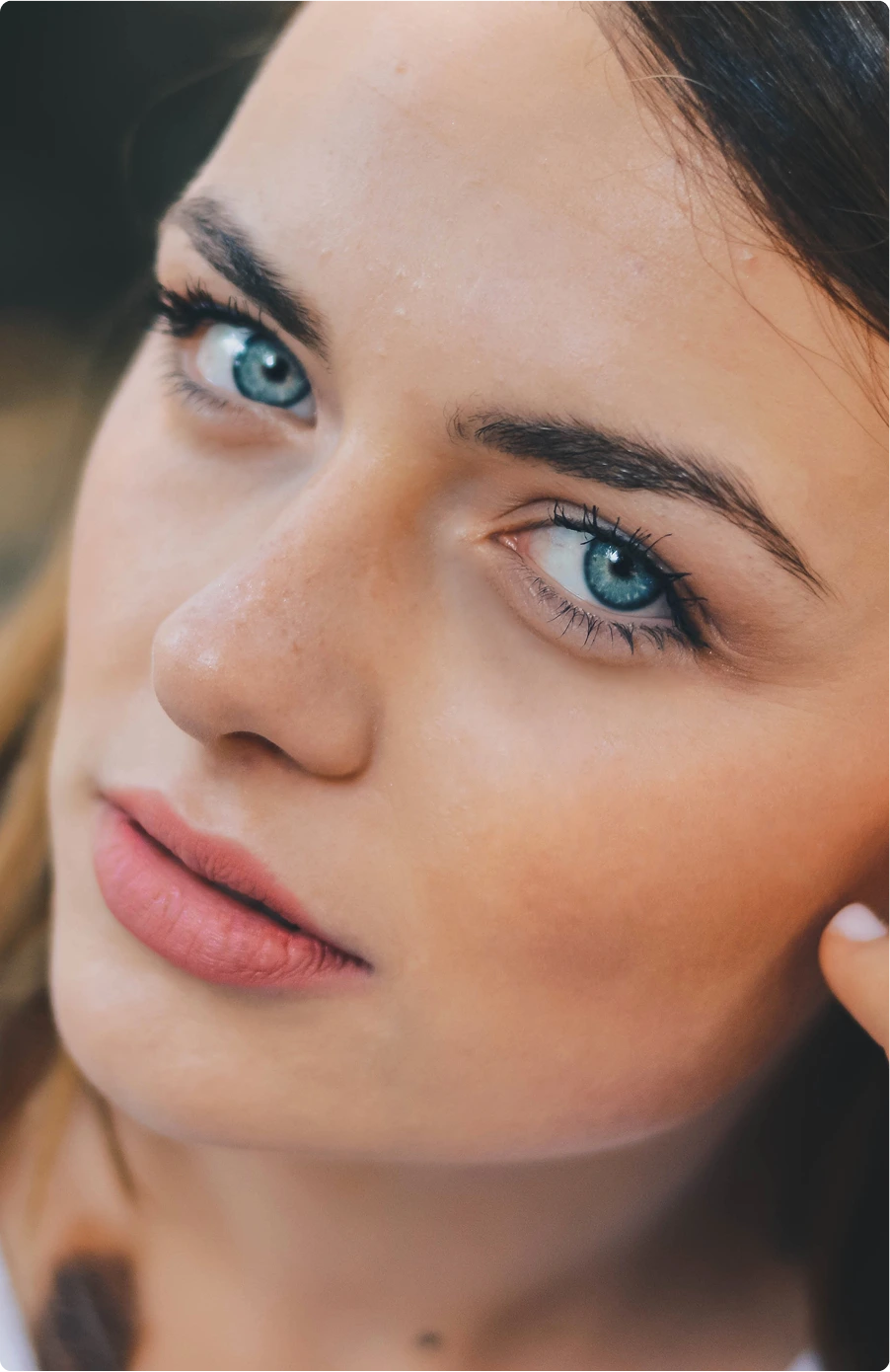
Blepharoplasty (Eyelid Surgery) Techniques
Upper Eyelid Surgery
Lower Eyelid Surgery
Quadruple Eyelid Surgery (Upper and lower blepharoplasty)
During the first 24 hours after eyelid surgery, patients return home to rest and avoid any strenuous activities. Keeping the head elevated helps reduce swelling and promotes proper healing around the eyes. Cold compresses may be gently applied to minimize bruising and inflammation during this initial phase of recovery.
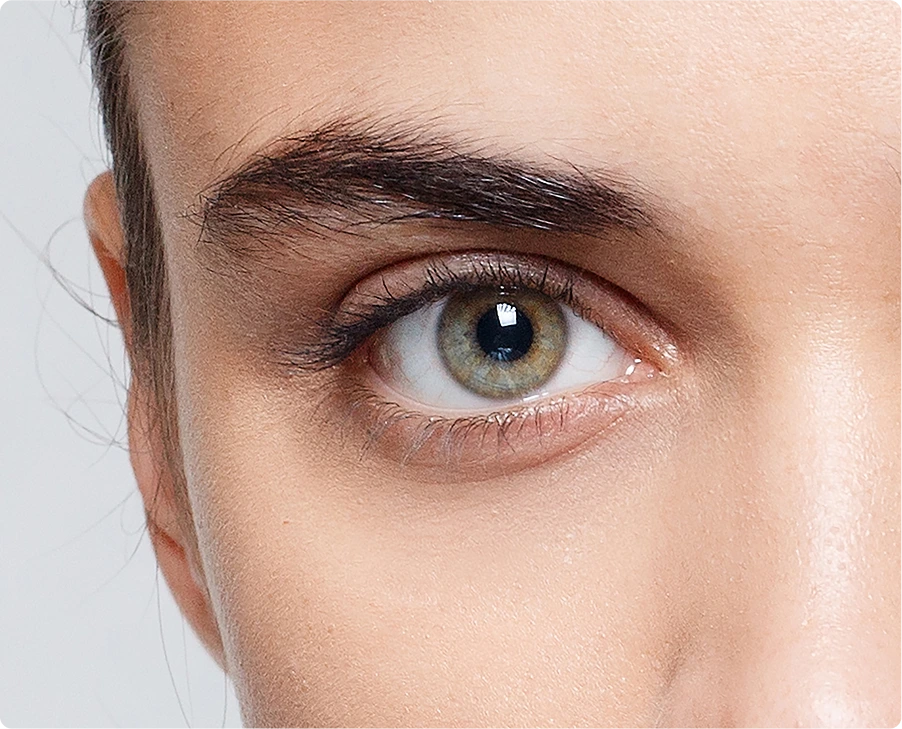
Initial Consultation and Testing
Blepharoplasty: A Step-by-Step Procedure
Marking and Anesthesia
Before surgery, Dr. LaBarbera carefully marks the incision sites, taking into account each patient’s unique anatomy to ensure the most aesthetically pleasing results. Depending on the type of blepharoplasty being performed, patients may receive either local anesthesia or general anesthesia to ensure their comfort during the procedure.
Incisions and Adjustment
Closing the Incisions
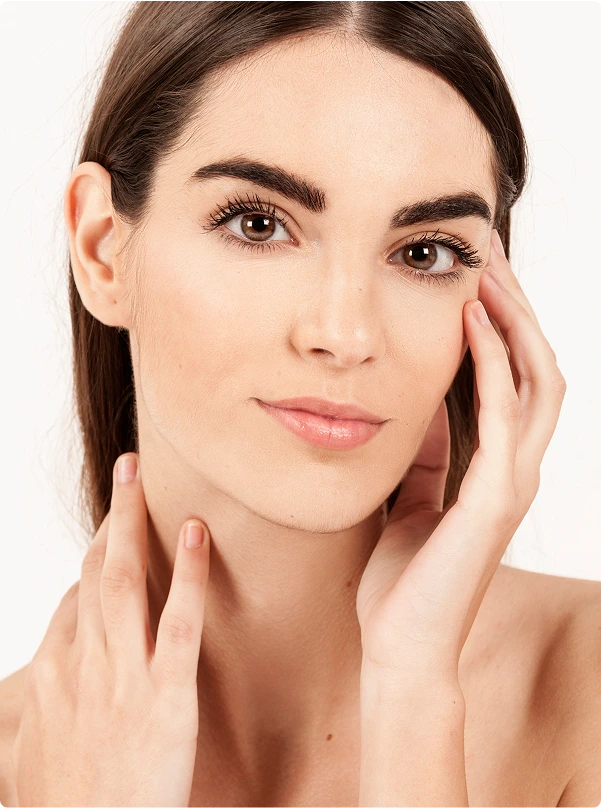
Complementary Procedures
Facial Fat Grafting
Brow Lift
Facelift/Neck Lift
Recovery After Eyelid Surgery
Immediate Recovery
Initial Weeks
Long Term-Results
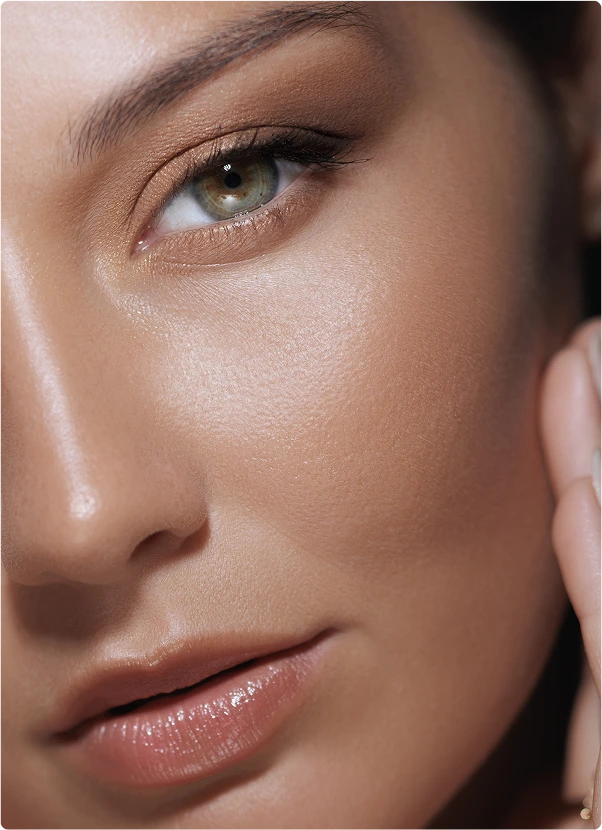
Candidates for Blepharoplasty
- Sagging Eyelids or Bags: This procedure can treat sagging skin, puffiness, or fatty tissue that creates hooding on the upper eyelids or under-eye bags.
- Impaired Vision: Patients with sagging upper eyelids that block their side vision, making everyday tasks such as reading or driving hard, can greatly benefit from the procedure. It raises their eyelids and improves vision.
- Good Skin Elasticity: In order to achieve the best surgical results, patients need to have skin that is both healthy and has a degree of natural elasticity.
- General Good Health: Applicants must not have any medical conditions that are not being managed, for example, glaucoma, dry eyes, bleeding disorders, or heart disease, as they create a risk of complications.
- Non-smokers: Nicotine may slow healing and raise the chances of complications. Patients should refrain from smoking or be prepared to quit for several weeks before and after surgery.
- Realistic Expectations: An eyelid surgery enhances looks but can’t halt aging. Suitable candidates know this and have specific goals in mind.
Benefits of Eyelid Surgery
More Youthful Appearance
Improved Vision
Reduced Under-Eye Bags and Dark Circles
Boosted Self-Confidence
Long-Lasting Results
Support During Recovery
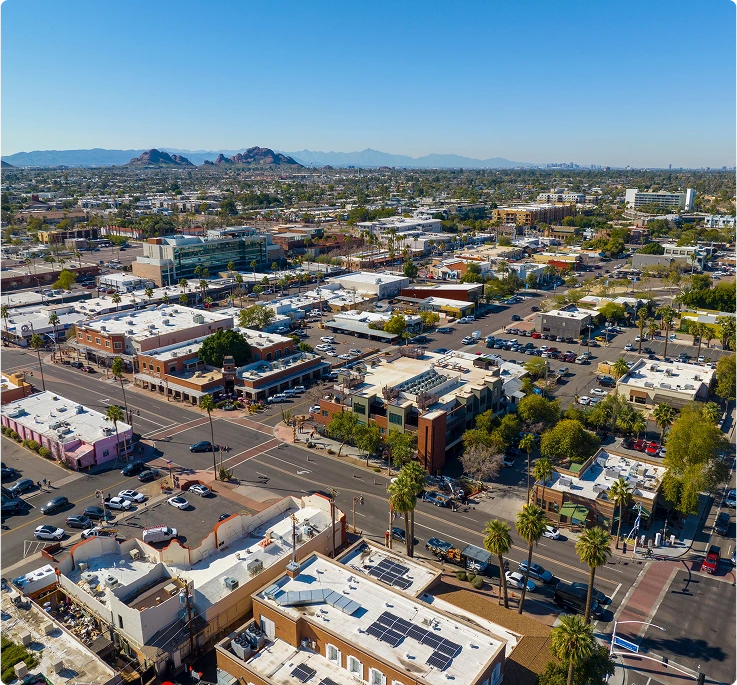
Blepharoplasty Cost in Scottsdale, AZ
Eyelid surgery costs in Scottsdale, AZ, typically range from $10,000 to $15,000. Insurance does not cover the cost of blepharoplasty. The surgeon’s fees, anesthesia fees, operating room fees, and postoperative care costs are all included in the price of this cosmetic procedure. The final price depends on whether blepharoplasty focuses on the upper lids, lower lids, or both. Additional costs may be incurred if eyelid surgery is performed in conjunction with another facial rejuvenation procedure, such as a brow lift or facelift.
Patients should schedule a personal appointment with Dr. LaBarbera to receive an estimate tailored to their specific goals and the complexity of the process involved.
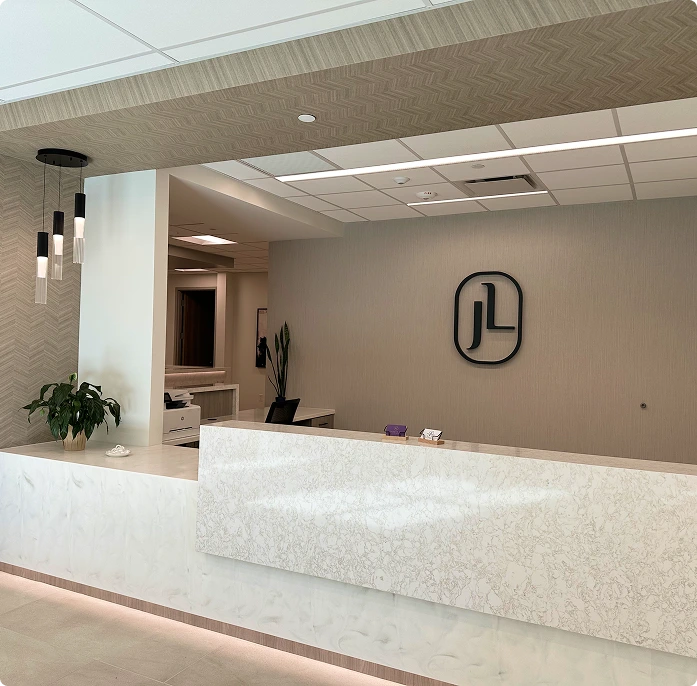
Planning your Eyelid Rejuvenation Surgery In Scottsdale, AZ
At Jude LaBarbera Plastic Surgery, patients receive top-notch care from a board-certified surgeon, Dr. LaBarbera. He performs blepharoplasty in his state-of-the-art operating room, assisted by a skilled and licensed team. Dr. LaBarbera serves patients from Scottsdale and the surrounding Arizona areas, ensuring each individual receives the highest level of care and expertise. Our compassionate staff and well-equipped surgical facility provide a safe, seamless, and comfortable experience.

